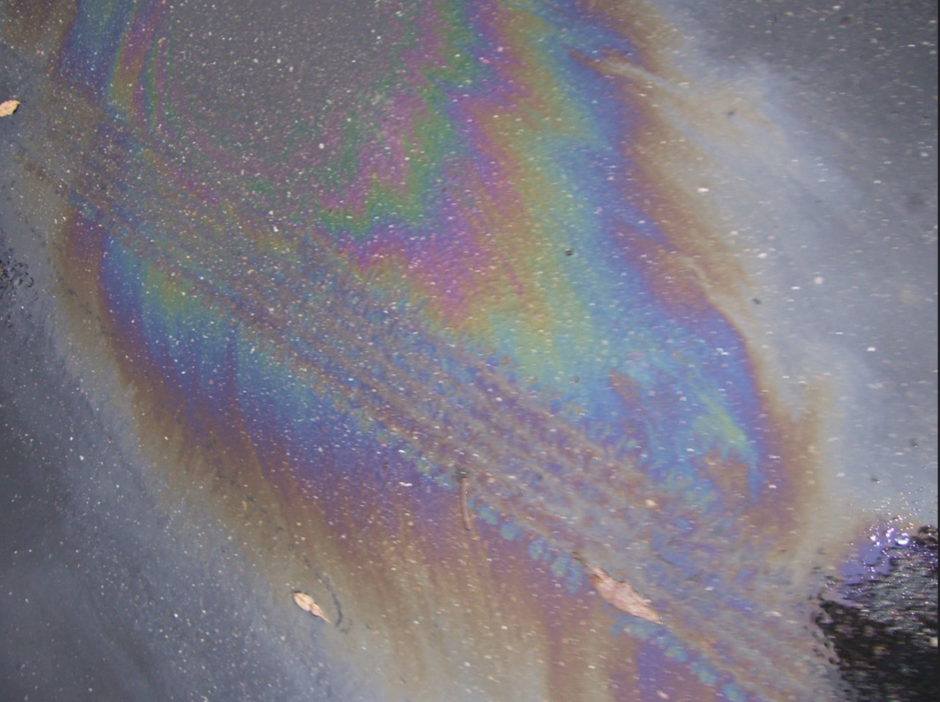THE IMPORTANCE OF FUSING NATURE AND TECHNOLOGY INTO ART
Contemporary art, by its nature, must borrow from modern developments and trends. Sometimes this art is intentional, other times it is born through an unintended juxtaposition between the environment and encroaching humanity.
As both artists and patrons of the arts, this gives us an ever-evolving realm of inspiration to pull from. In terms of global consciousness and real-world issues, few points of influence are as important as those relating to the back and forth between nature and technology.
So what are the best illustrations of this collaboration, and why is this artistic topic so relevant?
The most obvious examples derive from projects that draw direct outward inspiration from natural phenomena. The ocean and the sky are some of the more common in this regard, but perhaps none are as well represented as with the rainbow effect.
Less positive would be art depicting the rainbow effect which is generated off pollution such as oil spills. While still beautiful in its own way, this reminds us that not all that glitters is gold, and that beauty, in reality, tells us very little of depth.
As a more accidental example, there is considerable photographic art which draws from the reclamation of nature over human progress. Places left abandoned by man are some of the most inspiring examples of our own fragility, especially when in the face of time.
Complicated engineering feats stand as a stark contrast in this form of fusion, as metal rusts and melts away to the elements, returning to its base form back within the ecosystem. Lost ships and submarines are haunting reminders of our instability, and that our mastery of the environment is really anything but.
As a developing form of art, augmented reality now offers new opportunities where none have existed before. Art is often illustrative, but in our collaboration with the subjects, these subject can become tainted by our hands.
Augmented or mixed reality art gives artists a way to create an interactive and three-dimension artistic experience which coexist with nature, rather than override it. While current limitations in detection and battery life still limit the level of creativity possible with this form of artistic expression, it should be noted that these are issues rapidly and counterintuitively mitigated through technological advancement.
It is hardly a secret that mankind’s effect on the environment has rarely been a positive one. From the pollution which permeates our air to the extinct species which we leave in our wake, our nature has so far proven to be one of chaos and destruction.
By combing technology and nature into artistic recreations it becomes possible to illustrate the issues which inflict on the planet in ways which direct dry description might not accomplish. People are fickle, illogical creatures, after all, but proper art can make them think about these issues in a new light.
Progress still requires innovation and hard work, of course, but we shouldn’t underestimate art’s place in inspiring the first steps to something much greater.







